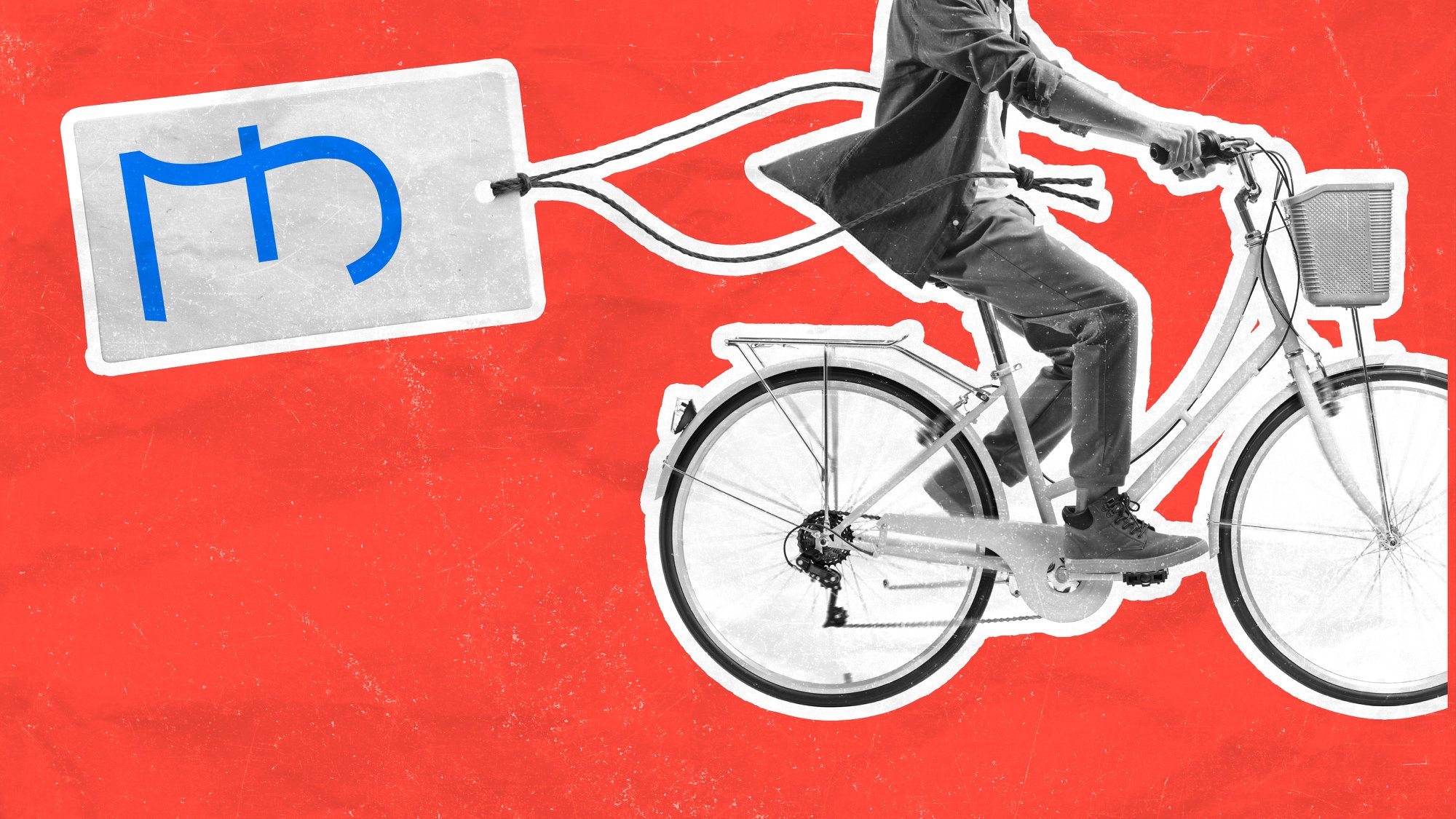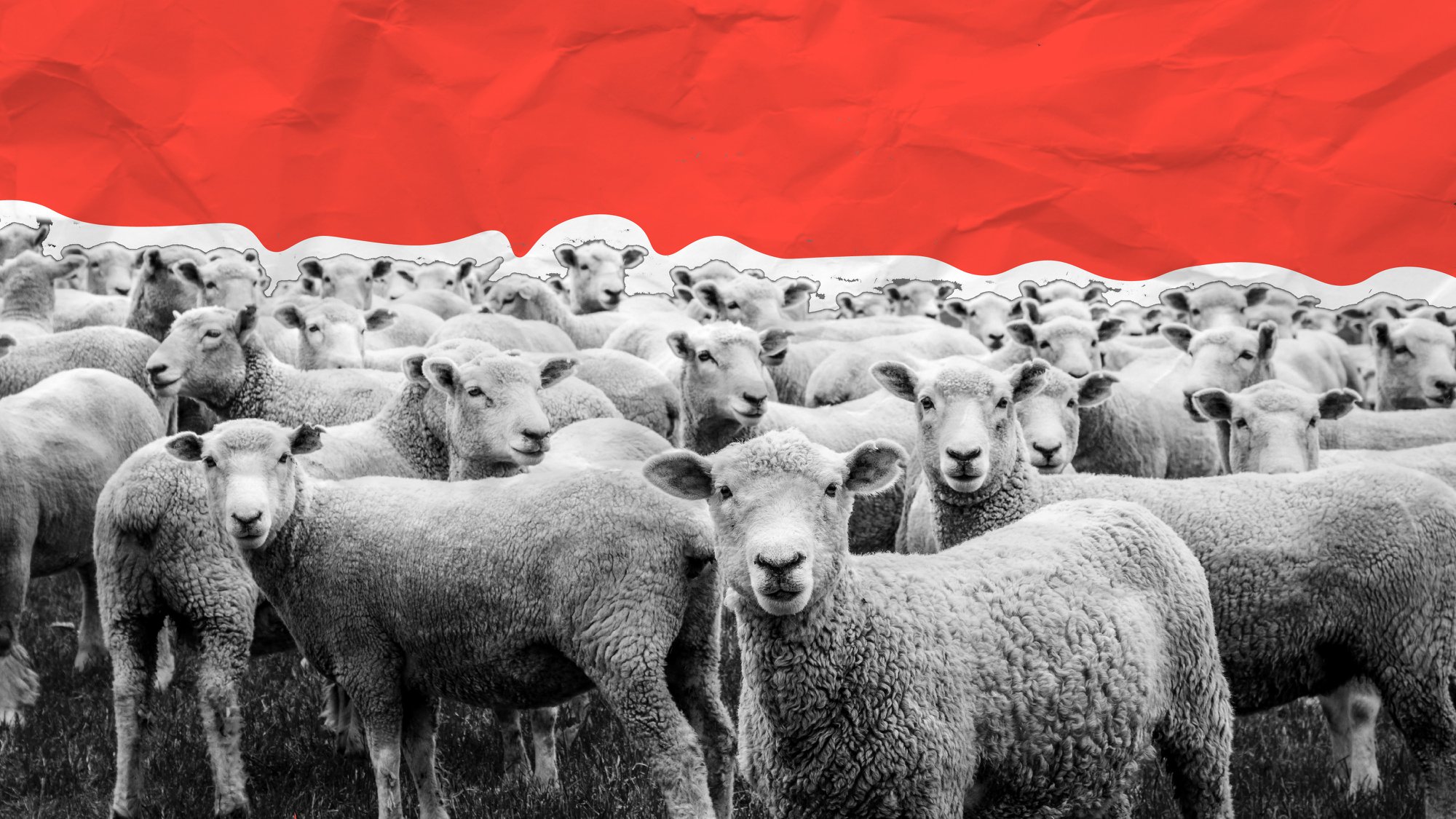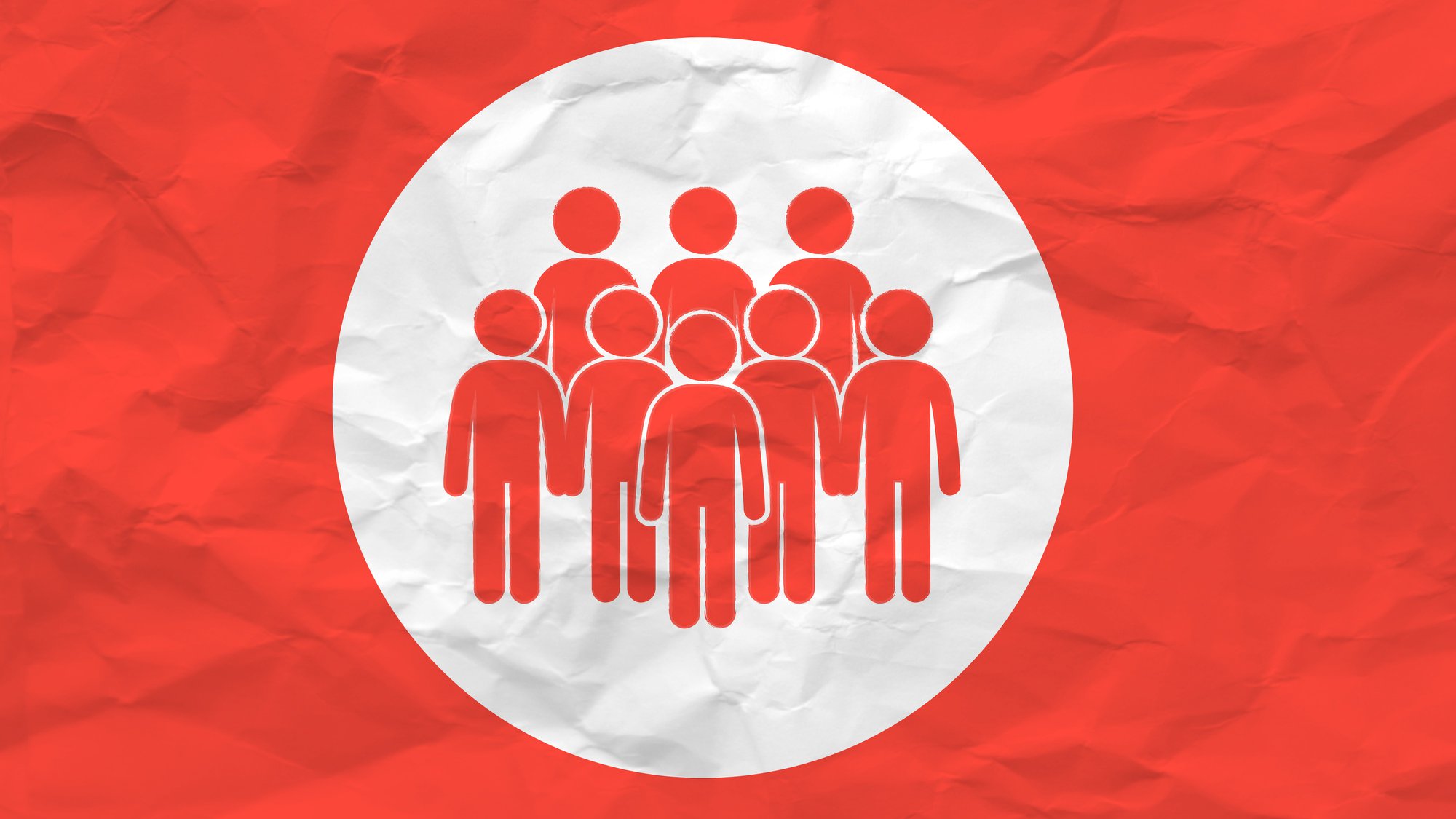The Green Premium: The Time and Cost of Sustainability

In my previous blogs around the topic of sustainability, I’ve offered advice and insights on how we can overcome barriers to pursue sustainable paths.
From information overload to overcoming feelings of helplessness.
So, let’s look at one of the biggest blockers to sustainability efforts in both business and our personal lives…
The cost factor. And it’s undeniable.
When it comes to investing in sustainability, good intentions often collide with practical realities.
Why? Because being eco-friendly frequently comes with a higher price tag.
And, sustainable options often require more effort to source, sometimes a lot more.
So, it becomes easy to see why we continue with the status quo. Even when our motivation lies elsewhere.
Let’s look at some solutions to the green premium dilemma and key strategies for businesses and individuals to reframe their time and cost analysis for sustainable futures.
Sustainability and the Green Premium
When we talk about the green premium, we’re encompassing money, time and energy.
So, let’s start with the cost barrier.
Organic produce is typically more expensive than chemically-aided alternatives.
And, electric vehicles, despite recent advances, still generally have higher upfront costs than their gasoline counterparts.
The list goes on:
Energy-efficient appliances, sustainable fashion, and eco-friendly home goods frequently carry premium prices.
And then there are the issues of time and energy.
If we want to buy organic, we have very little choice. We typically have to either find a specialist grocer who offers a range of organic fare, or accept a restricted choice range at the usual supermarket.
And, while most car manufacturers offer an electric or hybrid option, it takes effort to research the right one.
We face a similar dilemma with clothes.
To buy sustainably sourced clothes we have three options:
- Hope that our preferred brands and retailers have genuinely sustainable products
- Make the effort to find which brands and retailers have a credibly sustainable offering
- Navigate the pre-used market, where product selection and availability is less predictable and efficient
It’s all quite a lot of effort, at least to start with.
And that’s without even mentioning the psychological effort of overcoming the loss aversion that’ll invariably kick-in when trialling something new.
The cost disparity creates a significant barrier. And this particularly affects lower-income individuals and communities.
So, when faced with the choice between a cheaper, less sustainable option and a pricier, more eco-friendly one, economic circumstance and necessity often dictates the decision.
Sustainability Barriers: Psychological Factors
Psychological research also shows that financial distress or concern occupies more of the brain’s attention, leading to less time for other requirements.
We might even see this in our own lives.
We’re generally not the best version of ourselves when we have a financial concern.
And this can lead to a perception that sustainability is something of a luxury. One that is accessible only to those with the disposable time and income to worry about it.
The time and cost challenge extends beyond individual consumers to businesses and governments.
Companies may hesitate to invest in sustainable technologies or practices if they perceive them as costly without clear short-term returns.
Governments, especially in developing nations, may prioritise immediate economic growth over long-term sustainable development.
Four to five year election cycles also have a tendency to focus attention towards short-term gains.
This can provide the basis for another term in government, kicking the sustainability consideration further into the long grass.
However, this view often overlooks the long-term economic benefits of sustainability:
- Energy-efficient appliances, while more expensive upfront, can lead to savings over time.
- Sustainable agricultural practices will typically improve soil health and crop yields in the long run.
- Investments in renewable energy creates jobs and energy independence.
- A healthier population costs less to sustain in the long run.
So, how do we address these barriers?

One approach is for us to reframe “cost” in our discourse.
Let’s move it from a focus on immediate cost implications to a more complete picture – the longer-term cost(s), the environmental and social cost.
Educating consumers and businesses about longer-term savings can help justify higher initial investments in sustainable options.
And consideration for social and environmental costs might cause some consumers to alter their behaviour. This, in turn, is likely to change business’ behaviour.
Perhaps there’s also a need to challenge the notion that sustainability always means buying new, ‘green’ products.
Often, the most sustainable- and economical- choice is to reduce consumption, borrow, reuse items, and repair what we have.
I’m hopeful that organisations such as Library of Things might play a prevalent role in the future landscape of our villages, towns and cities.
Having worked with some teenagers on a behavioural science course, I was pleasantly surprised to see many of them lauding the appeal of platforms like Vinted and second-hand shops in general, with some also finding their own parents’ clothes to be desirable items.
I should note that there was also a sizeable group of teens who, albeit begrudgingly, succumbed to the spurious nature of fast fashion.
Interestingly, however, even they expressed a genuine desire to find an alternative to fast fashion and its wasteful ways.
Many cited the low cost, social marketing and ease of access as the primary drivers of current purchase behaviour. Interestingly enough, there was widespread resentment of social media for amplifying the social pressure to constantly acquire the latest trends.
Policy measures can also play a crucial role.
Subsidies for sustainable products, tax incentives for green businesses, and carbon pricing mechanisms can help level the economic playing field.
Perhaps these could be linked to companies having a dedicated “sustainable offering” to reduce the level of consumer behaviour change required (e.g., having to research new providers / spend time seeking new brands & retailers).
It would seem less onerous to achieve independent validation and, perhaps, it might be a first step towards a wider commitment for those businesses.
As sustainable technologies and practices become more widespread, economies of scale should bring down costs.
We’ve seen this already with solar panels and LED lights, which have become dramatically more affordable over the past decade.
As a result, it’s important we continue to innovate with more sustainable solutions and, together with subsidies and tax incentives for green businesses / sustainable products, we should see the cost gap narrow.
For businesses, embracing sustainability can lead to new market opportunities, improved brand reputation, and increased efficiency.
Providing evidence and case studies of these benefits should help shift the perception of sustainability from a cost centre to a value driver.
Final Thoughts
Ultimately, addressing the economic barriers to sustainability requires a shift in how we value and measure economic success.
By incorporating the true costs of environmental and social impacts into our economic systems and decision-making processes, we can move closer towards a world where the sustainable choice is not just the right choice, but the smart economic choice as well.





